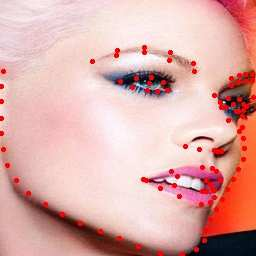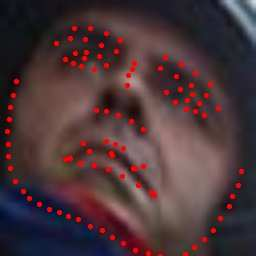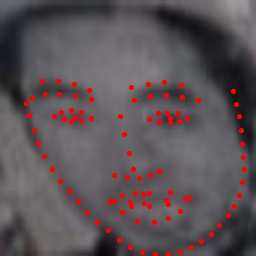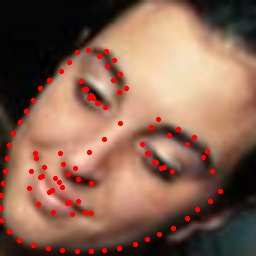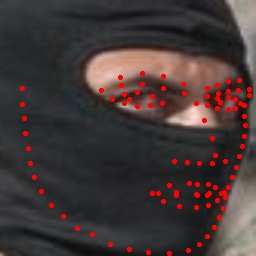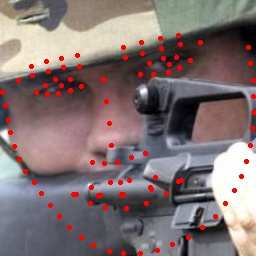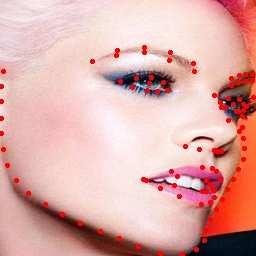In recent years, significant progress has been made in the research of facial landmark detection. However, few prior works have thoroughly discussed about models for practical applications. Instead, they often focus on improving a couple of issues at a time while ignoring the others. To bridge this gap, we aim to explore a practical model that is accurate, robust, efficient, generalizable, and end-to-end trainable at the same time. To this end, we first propose a baseline model equipped with one transformer decoder as detection head. In order to achieve a better accuracy, we further propose two lightweight modules, namely dynamic query initialization (DQInit) and query-aware memory (QAMem). Specifically, DQInit dynamically initializes the queries of decoder from the inputs, enabling the model to achieve as good accuracy as the ones with multiple decoder layers. QAMem is designed to enhance the discriminative ability of queries on low-resolution feature maps by assigning separate memory values to each query rather than a shared one. With the help of QAMem, our model removes the dependence on high-resolution feature maps and is still able to obtain superior accuracy. Extensive experiments and analysis on three popular benchmarks show the effectiveness and practical advantages of the proposed model. Notably, our model achieves new state of the art on WFLW as well as competitive results on 300W and COFW, while still running at 50+ FPS.
翻译:近些年来,在对面部标志性检测的研究方面取得了显著进展,然而,以前很少对实际应用模式进行过彻底讨论,而是经常侧重于同时改进几个问题,而忽略其他问题。为了缩小这一差距,我们的目标是探索一个既准确、有力、高效、高效、可笼统又端到端的实用模型,同时可以同时进行训练。为此目的,我们首先提出一个配有一台变压器解码器作为检测头的基线模型。为了提高准确性,我们进一步建议两个轻量模块,即动态查询初始化(DQInit)和感知记忆(QAMem),它们往往侧重于同时改进几个问题。具体地说,DQInit动态初始化将快速初始化,从投入中开始查询解码器的查询,使该模型与多解码层的查询一样准确。 QAMem旨在增强低分辨率特征地图查询的偏差能力,为每次查询指定单独的记忆值,而不是共享值。 在QAMem的帮助下,我们的模式仍然消除对高分辨率调调的FSF特征地图和查读存储模型的依赖,同时能够对拟议的50个通用基准进行精确性分析。

